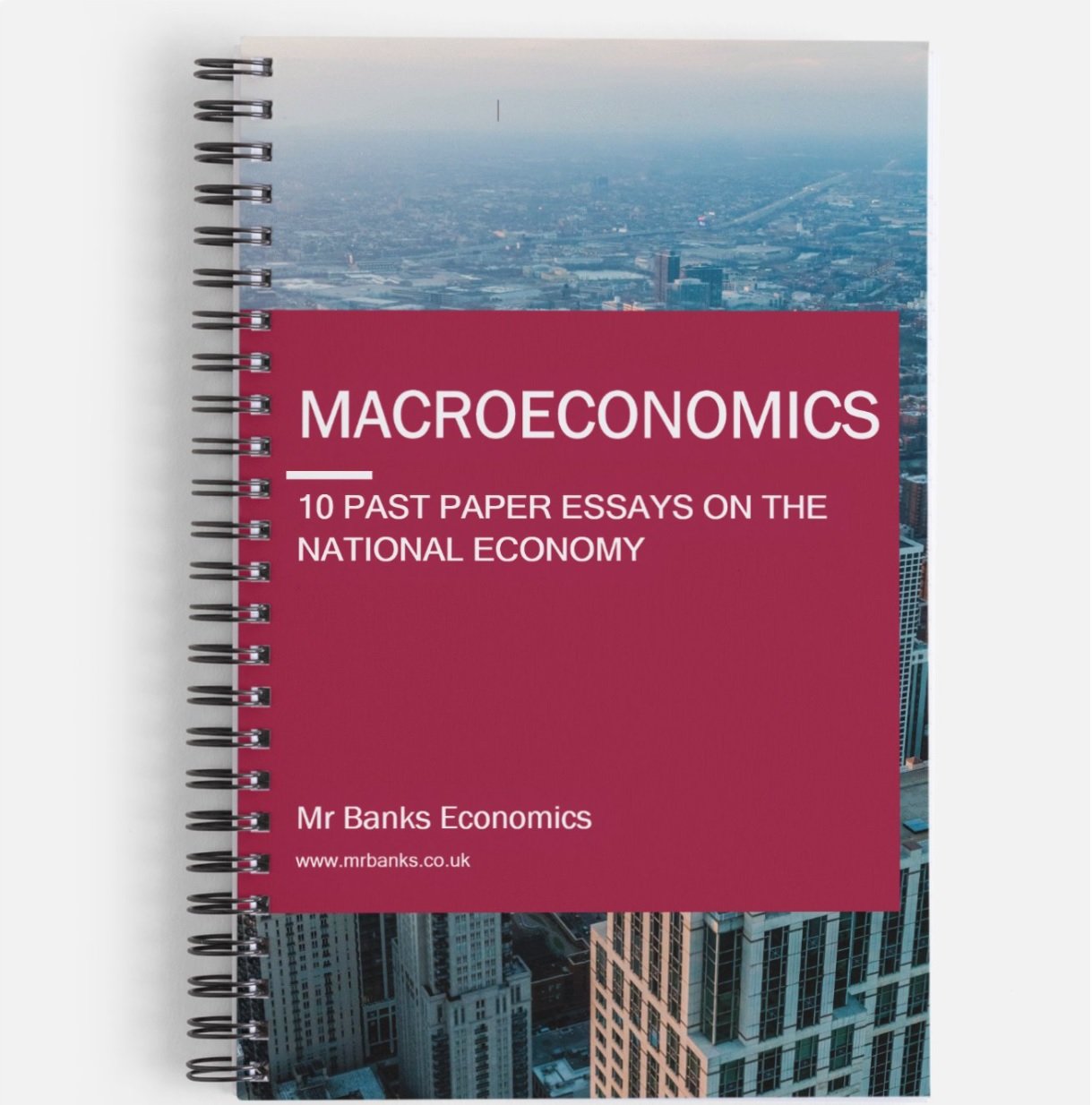Aggregate Supply
A-level Economics
what is aggregate supply in economics?
Definition: Aggregate supply is the total output in an economy at a given price level at a point in time.
It's important to realise that unlike aggregate demand, aggregate supply is split into two curves. The first curve is the short-run aggregate supply curve (SRAS).
This curve is drawn sloping upwards due to the positive relationship that exists between price and quantity. [Remember this from microeconomics]
The short-run aggregate supply (SRAS) curve
The SRAS curve can be either price inelastic or elastic, just like a normal supply curve.
SRAS price inelastic and elastic
The curve can also shift right and left, just like a normal supply curve. It's important to remember that SRAS is shifted right and left due to changes in the costs of production.
In the diagram below, SRAS has shifted to the right. This is because of a decrease in the cost of production. This could be a decrease in the factor reward paid to any factor of production. Let's say for example, a reduction in wages paid. It means businesses are willing and able to supply more in the economy.
SRAS shifting to the right due to a reduction in costs
IF YOU WANT GOOD GRADES FAST, BUY THESE BOOKS!
MACROECONOMICS MODEL ANSWER BOOK
10 Past Papers with Model Answers on the National Economy
Written by an experienced Economics tutor
Full model answers with diagrams
Suitable for all UK Economics exam boards
Physical booklet
£20.00
MICROECONOMICS MODEL ANSWER BOOK
10 Past Papers with Model Answers on Market Failure
Written by an experienced Economics tutor
Full model answers with diagrams
Suitable for all UK Economics exam boards
Physical booklet
£20.00
WANT TO SEE MORE?
The second AS curve you need to understand is the long-run aggregate supply curve (LRAS).
This curve is used to illustrate the level of maximum capacity in the economy. This is why the curve is perfectly inelastic.
Because at all price levels, the maximum capacity remains the same.
[Tip: You can actually compare this curve directly to the PPF curve]
The long-run aggregate supply (LRAS) curve
Just like any other curve, the LRAS curve can shift. Generally, the LRAS will shift only right because it would take something drastic to shift it to the left.
[What could decrease your maximum capacity? A war or natural disaster maybe?]
The curve will shift to the right due to improvements made in the economy which boost maximum capacity. Factors of production can yield more output by boosts to quantity and quality.
Maximum output could be boosted by an increase in labour - maybe more immigration into a country could yield this result? [Quantity boost]
Maximum output can also increase if labour productivity were to be improved. If labour could do more in the same time? [Quality boost]
LRAS shifting to the right - an increase in productive potential from Y to Y1
Some more factors that would shift LRAS to the right:
Increasing education & training
Improvements in technology
Workers becoming more willing to work
Changes in government regulation - promoting competition for example or deregulation
Promotion of enterprise - more businesses will help boost the stock of capital
Increasing factor mobility - whether it be occupational or geographical immobility
The strength of the banking system - a good banking system means more loans available to businesses - it means more investment which boosts the stock of capital and boost productive potential
Another AS curve you need to be aware of is the Keynesian AS curve
This model shows both short and long-run drawn on one curve.
The short-run period exists where the curve is more elastic (at lower levels of output).
The long-run period is shown where the curve becomes more inelastic (at higher levels of output).
Why does the supply curve become more inelastic at higher levels of output?
This is because the closer you are to full capacity the more you experience supply bottlenecks like shortages of labour or other shortages of the factors inputs. These things make it more complex and difficult to produce, increasing costs. It means that firms can't produce so much more output if demand increases - they will have to increase the price to ration off increases in demand.
However, in the short-run period, it's very easy to respond to increases in demand because your resources are abundant. Therefore increases in demand won't have much of an effect on price.
The Keynesian AS Curve - short-run and long-run all on one curve
In summary:
We have learned about SRAS and LRAS curves and how they work, what causes them to shift etc.
We have learned about the alternative Keynesian AS curve. This curve incorporates short-run and long-run. It's like an all-in-one curve.


